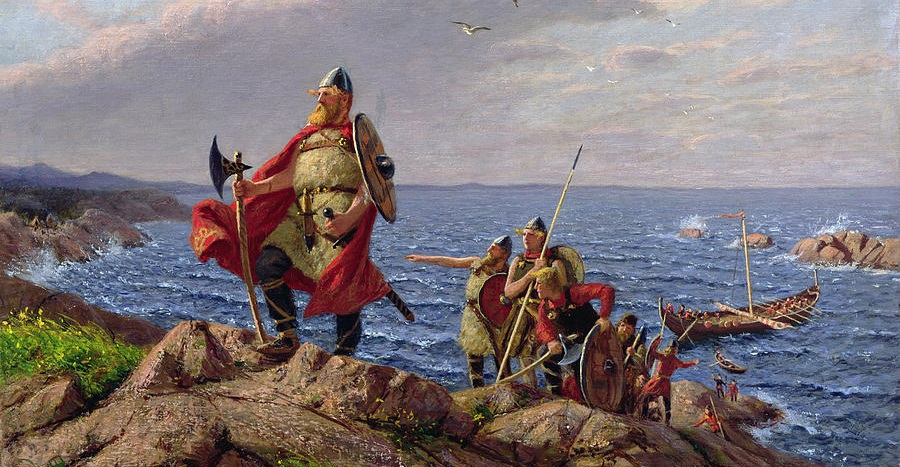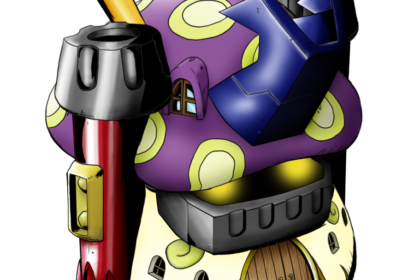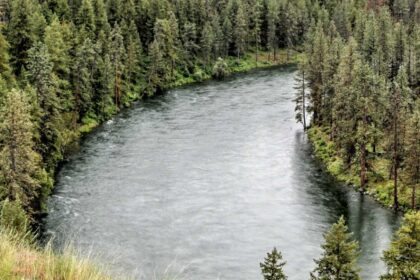Erik the Red was a Norse explorer, remembered in medieval and Icelandic saga sources as having founded the first settlement in Greenland. According to Icelandic sagas, he was born into the Jaeren district of Rogaland, Norway, as the son of Porvald Asvaldsson, he therefore also appears, patronymically, as Erik Thorvaldsson. Take a look below for 27 more fascinating and interesting facts about Erik the Red.
1. The appellation “the Red” most likely refers to his hair color and the color of his beard.
2. Leif Erikson, the famous Icelandic explorer, was Erik’s son.
3. Erik the Red’s father was banished from Norway for the crime of manslaughter when Erik was about 10 years old.
4. His father sailed West from Norway with his family and settled in Hornstrandir in northwestern Iceland.
5. The Icelanders later sentenced Erik to exile for three years for killing Eyiolf the Foul around the year 982.
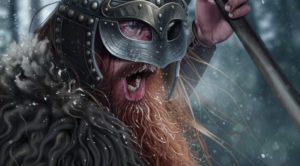
6. After marrying Thjodhild, Erik moved to Haukadalr where he built a farm called Eiriksstaoir.
7. The initial confrontation with Eyiolf occurred when his slaves started a landslide on the neighboring farm belonging to Valthjof. Valthjof’s friend, Eyiolf, killed the slaves. In retaliation, Erik killed Eyiolf and Holmgang-Hrafn.
8. Erik then moved to the island of Oxney.
9. He asked Thorgest to keep his setstokkr, which were inherited ornamented beams of significant mystical value, that his father had brought from Norway.
10. When he had finished his new house, he went back to get them, but they “couldn’t be obtained.” Erik then went to Breidabolstad and took them. These were likely Thorgest’s setstokkr.
11. Even though popular history credits Erik as the first person to discover Greenland, the Icelandic sagas suggest that earlier Norsemen discovered and tried to settle it before him.
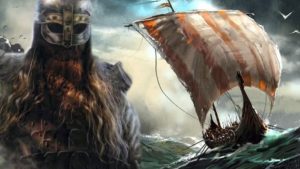
12. In about 982, Erik sailed to a somewhat mysterious and little-known land. He rounded the southern tip of the island, which later became known as Cape Farewell, and sailed up the western coast.
13. When Erik returned to Iceland after his exile had expired, he’s said to have brought with him stories of “Greenland.”
14. Erik deliberately gave the land a more appealing name than Iceland in order to lure potential settlers.
15. Erik knew that the success of any settlement in Greenland would need the support of as many people as possible.
16. His salesmanship proved successful, as many people become convinced that Greenland held great opportunity.
17. After spending the winter in Iceland, Erik returned to Greenland in 985 with a large number of colonists.
18. Of the 25 ships that left for Greenland, only 14 arrived and 11 were lost at sea.
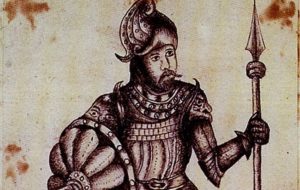
19. He held the title of paramount chieftain of Greenland and became both greatly respected and wealthy.
20. Medieval Icelandic tradition relates that Erik the Red and his wife had four children: a daughter, Freydis, and three sons, the explorer Leif Eriksson, Thorvald and Thorstein.
21. Erik himself remained a follower of Norse paganism, unlike his son Leif and Leif’s wife, who became Christians.
22. While his wife took heartily to the religion, even commissioning Greenland’s first church, Erik greatly disliked the faith and stuck to his Norse Gods.
23. Leif invited his father on the voyage to North America, but according to legend, Erik fell off his horse on his way to the ship and took it as a bad sign, leaving his son to continue without his company.
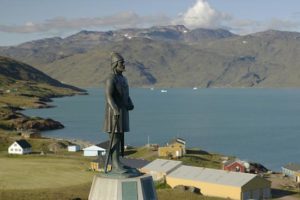
24. Erik died the winter after his son’s departure.
25. There is no evidence that Leif was aware of his father’s death until he returned to Greenland.
26. The saga of Erik the red presents a number of the expeditions in the Greenlandinga saga as just one expedition led by Thorfinnr Karlsefni, although Thorvaldr Eiriksson, Freydis Eirikssdottir and Karlsefni’s wife play key roles in the retelling.
27. In the Greenlandinga saga, Karlsefni and the others settle in a place that is only referred to as Vinland, while in Erik the Red’s saga, they form two base settlements.

